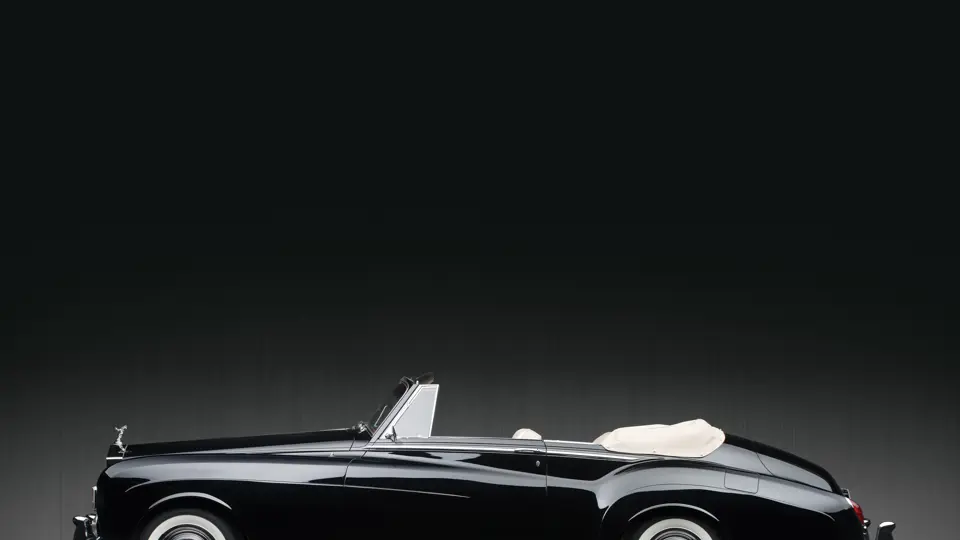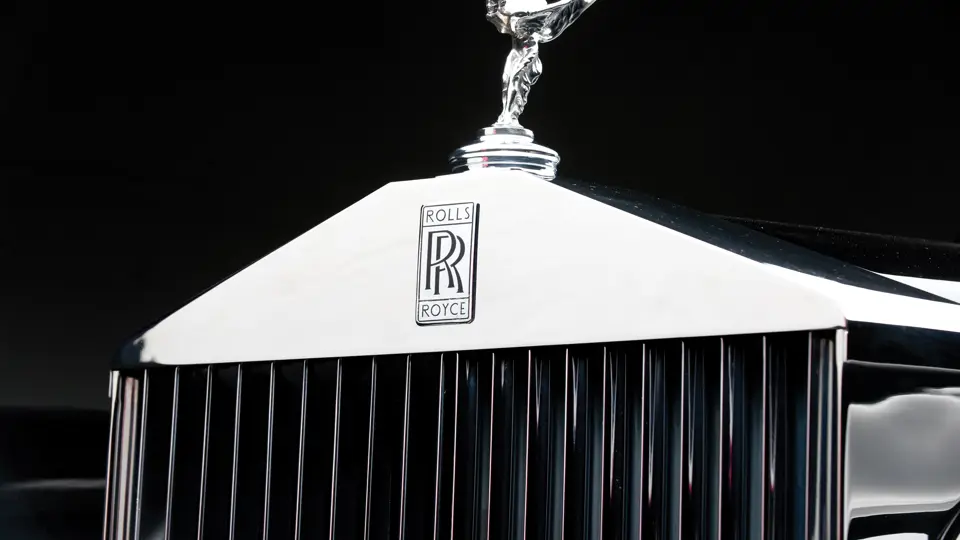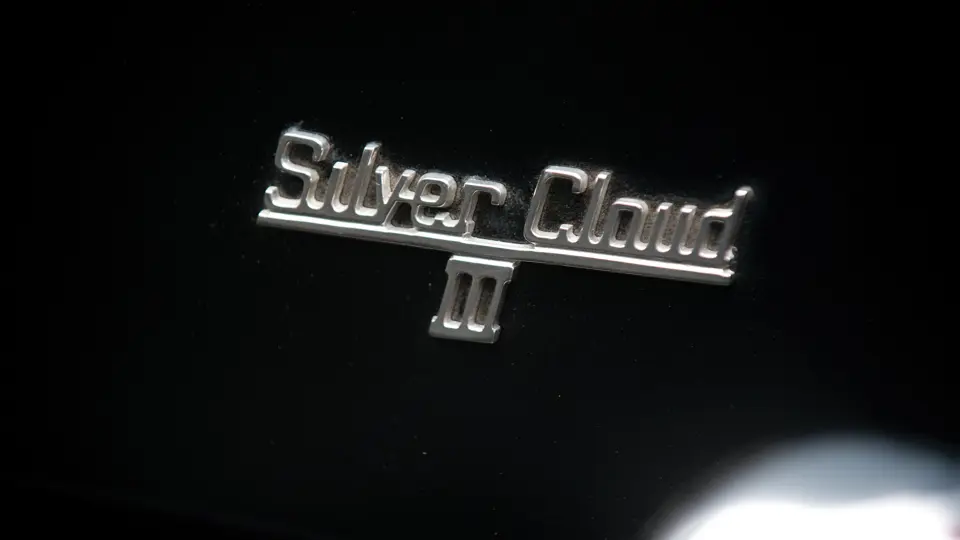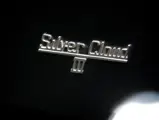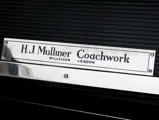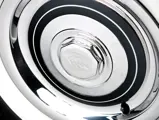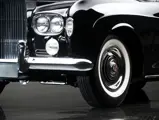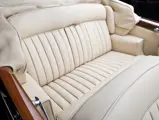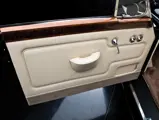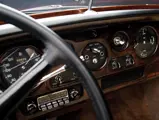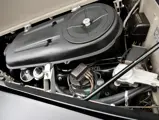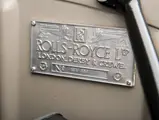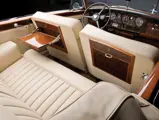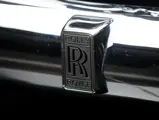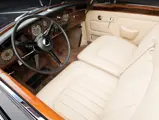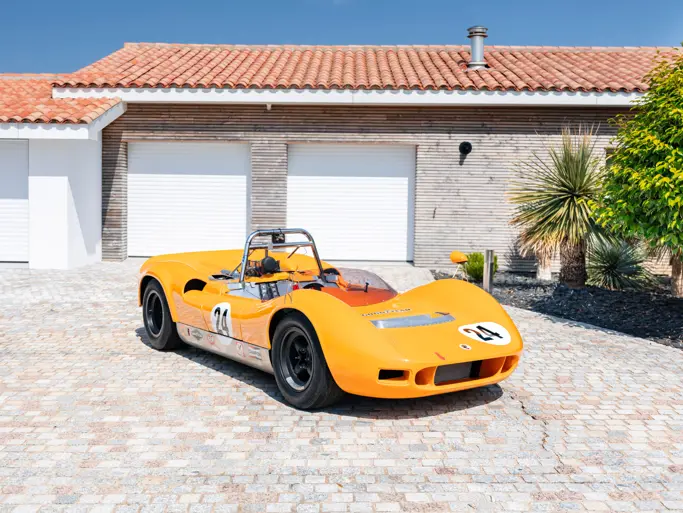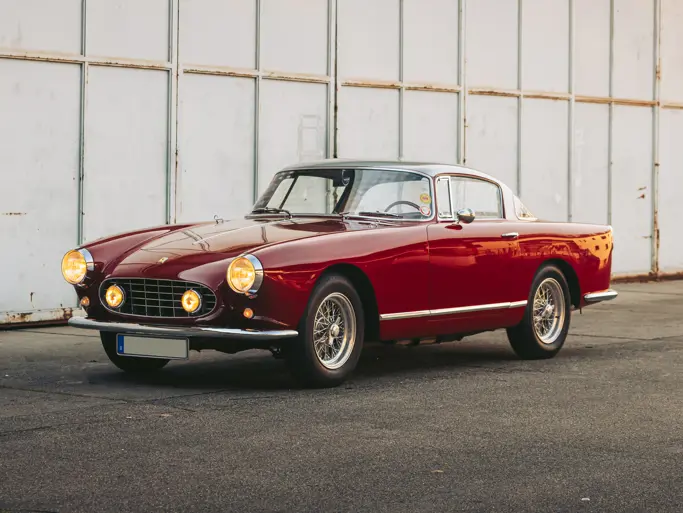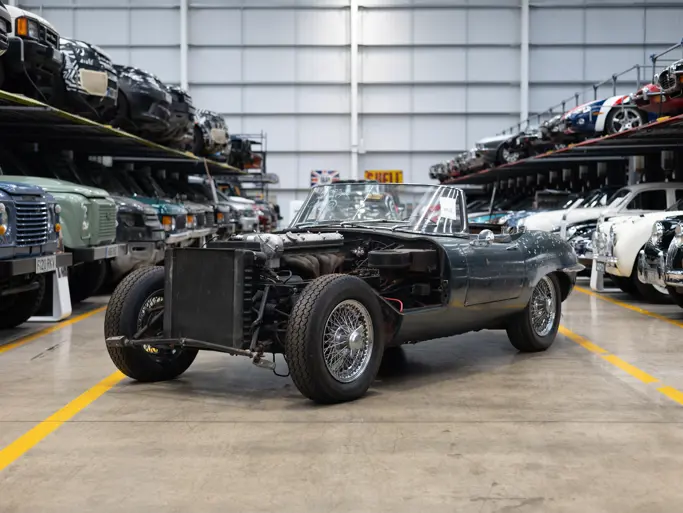216 bhp, 6230 cc aluminum V-8 engine, twin SU carburetors, four-speed automatic transmission, independent front suspension with coil springs and hydraulic shock absorbers, live rear axle with semi-elliptic springs and hydraulic shock absorbers, and four-wheel servo-assisted drum brakes. Wheelbase: 123 in.
The Silver Cloud III was a watershed car for Rolls-Royce. It was still traditional, which is to say conservative: the wood-framed, traditionally constructed bodywork still contained enough burled walnut to fill a law library, the engine was still reassuringly silent, and the interior was still more comfortable than most homes. Yet, Rolls-Royce also made its first nods to contemporary design, with quad headlamps, a lowered hood and radiator shell, smaller bumpers, and separate front seats, as well as more legroom for the driver—a nod to the increasing number of owners who were laying off the chauffeur.
Under the hood was the V-8 first introduced on the prior Silver Cloud II, but with a raised 9:1 compression ratio and two-inch carburetors, resulting in 216 horsepower, a 0–60 mph time of 10.8 seconds, and a top speed of 115 mph. Of course, Rolls-Royce owners were never bothered with such vulgarities. Performance was adequate.
The Silver Cloud III was offered with a standard sedan body in one of two wheelbases, and it could also be had as a chassis for custom coachwork. A third option was the drophead coupe, a “conversion” of a factory sedan to a two-door convertible. This conversion was performed by Mulliner Park Ward, the Rolls-Royce-owned coachbuilders in London, and it was, for all intents and purposes, a fully custom, coachbuilt car, built to its owner’s whims.
Don Davis’ Drophead Coupe, chassis number SEV337, is recorded by the Rolls-Royce Foundation as having been ordered with a heavy-gauge frame, power windows, an electric radio aerial, a power convertible top, and Avon tubeless whitewall tires. Copies of the original build and testing sheets from the factory accompany the car today, giving a wonderful view of just how thoroughly Rolls-Royce ensured perfection in their products. The new car was delivered through noted London dealer H.R. Owen to Clifford Dunn Esq., of “Roxton,” Melton Road, North Ferriby, East Yorkshire.
In more recent years, the car was restored to what can only be described as superlative condition. Rolls-Royces of this period rarely have panels that line up perfectly, doors, hoods, and trunks that swing closed flawlessly, and deep, fresh chrome and paint. This car does, and in all likelihood, it presents better than it did at H.R. Owen. It is believed that during the restoration the Cloud was changed from its original right-hand drive configuration to the now left-hand drive presentation it remains in today. Its formal black paint wraps like flowing liquid around a sumptuous tan interior and a black top covered by a cream boot. Naturally, the interior features beautiful book-matched woodwork, complete with the famous picnic tables for rear seat passengers. Underneath the car, everything is clean and tidy and far nicer than “driver” condition, and it could easily be worked back into concours shape.
This lovely Drophead Coupe stands as surely among the best in existence, finished to world-class, factory-fresh standards, and it is ready to present itself to a new audience of appropriately awed passengers. As advertising read, “At 60 miles per hour, the loudest noise in this new Rolls-Royce comes from the electric clock.”


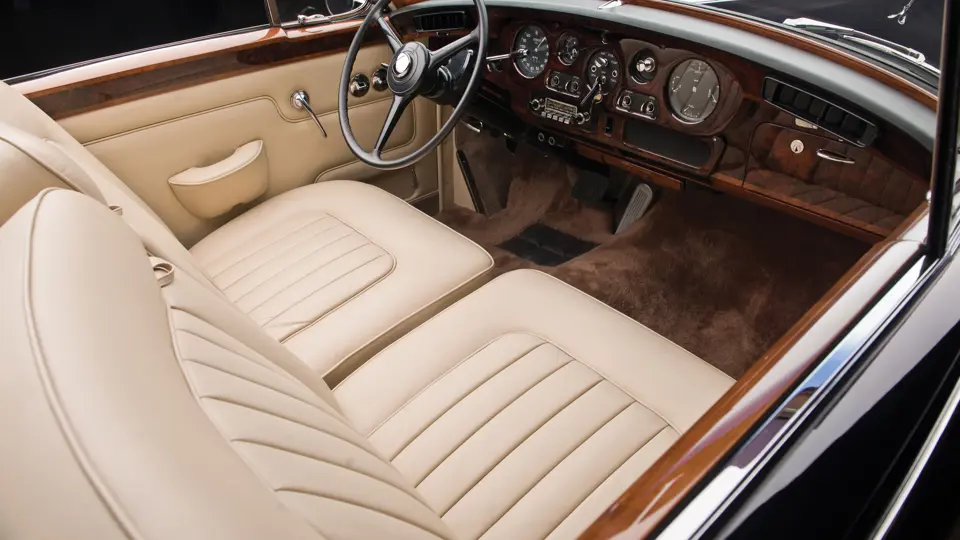

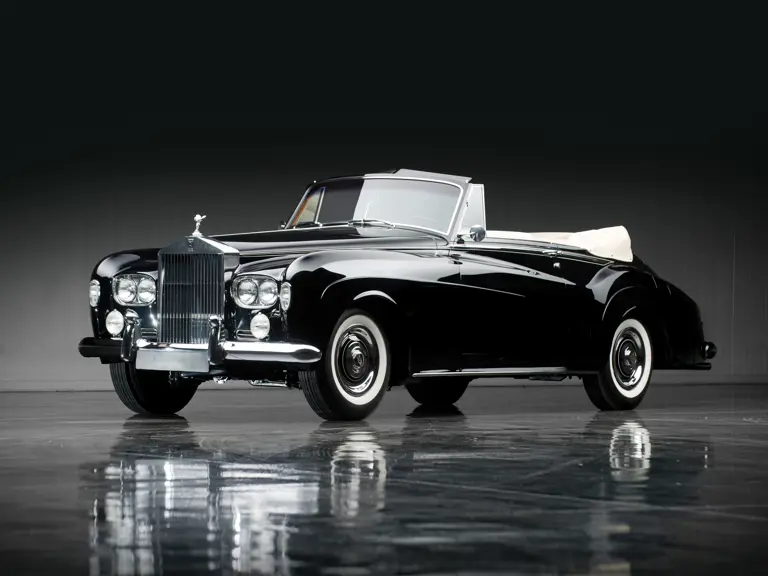
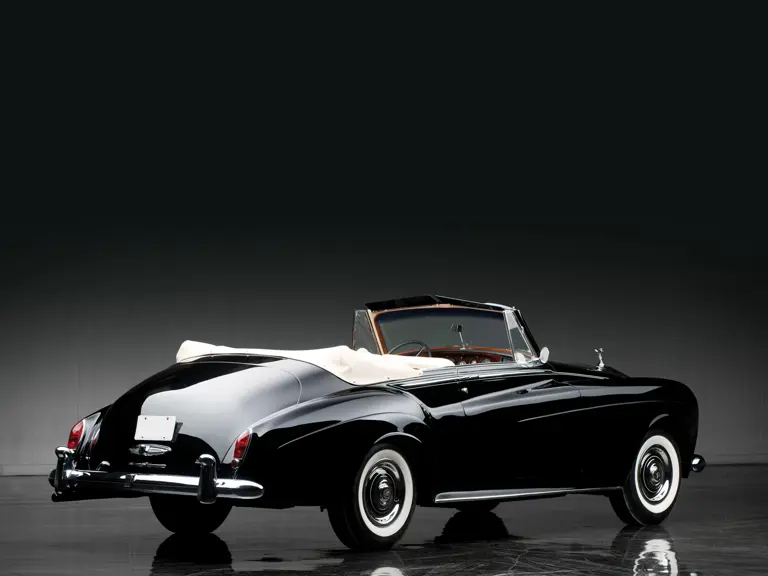
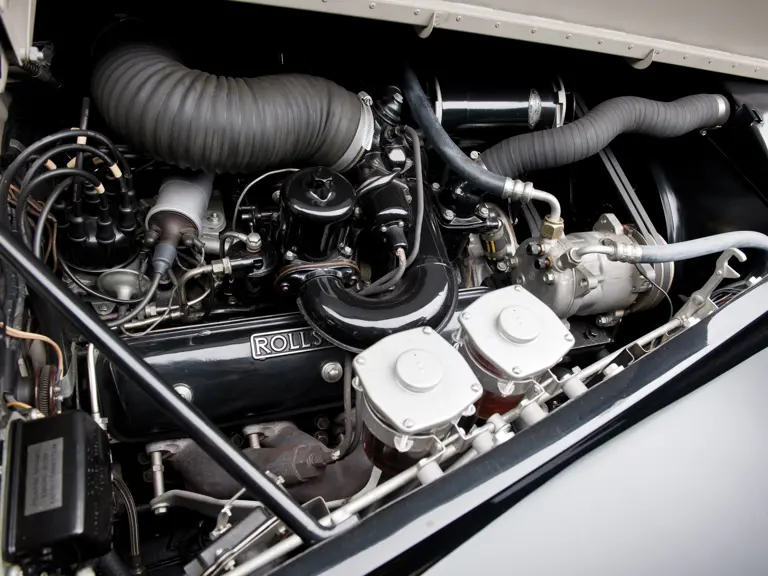
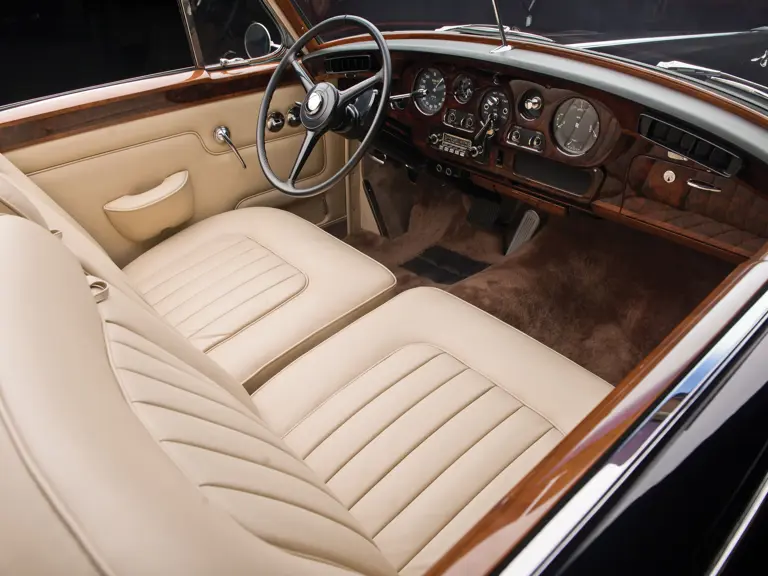


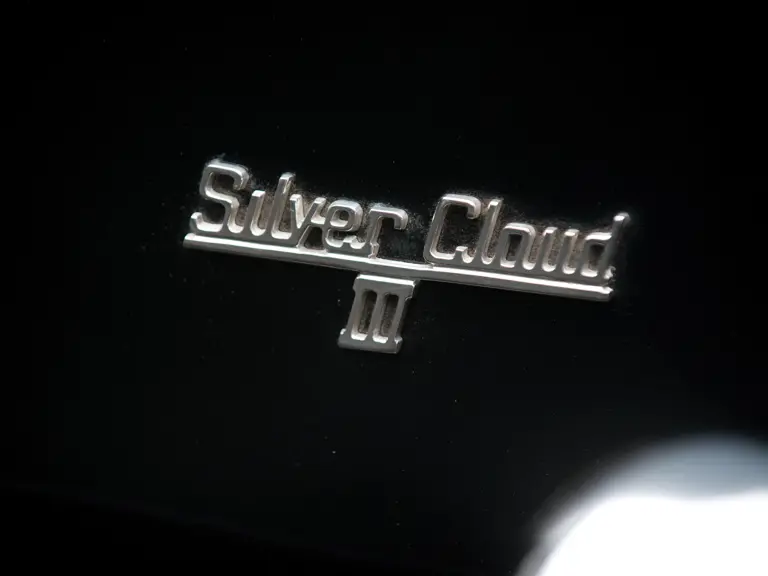

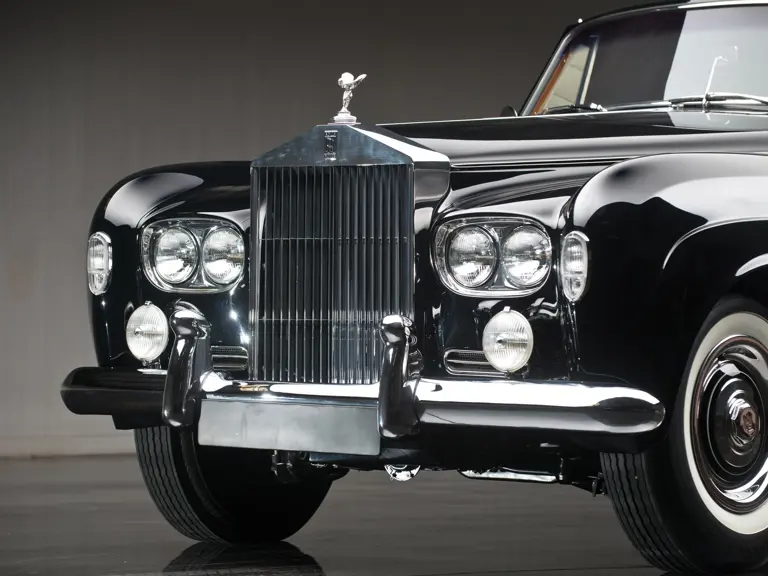
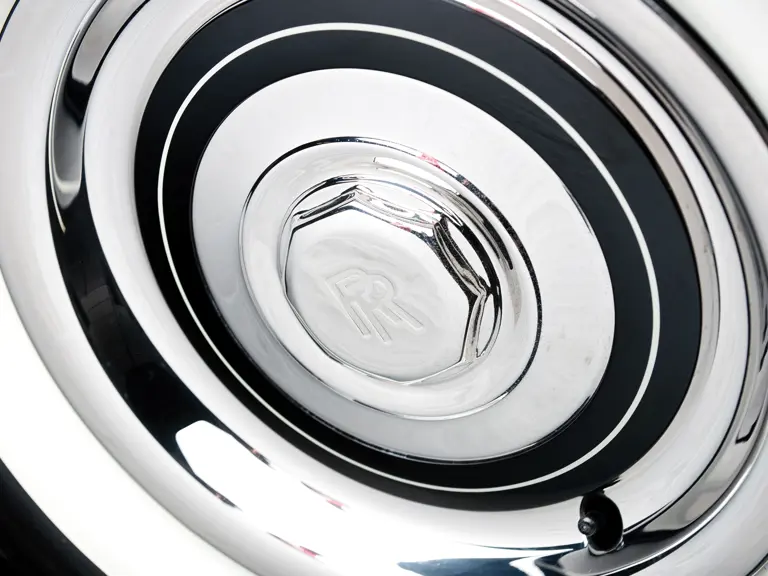
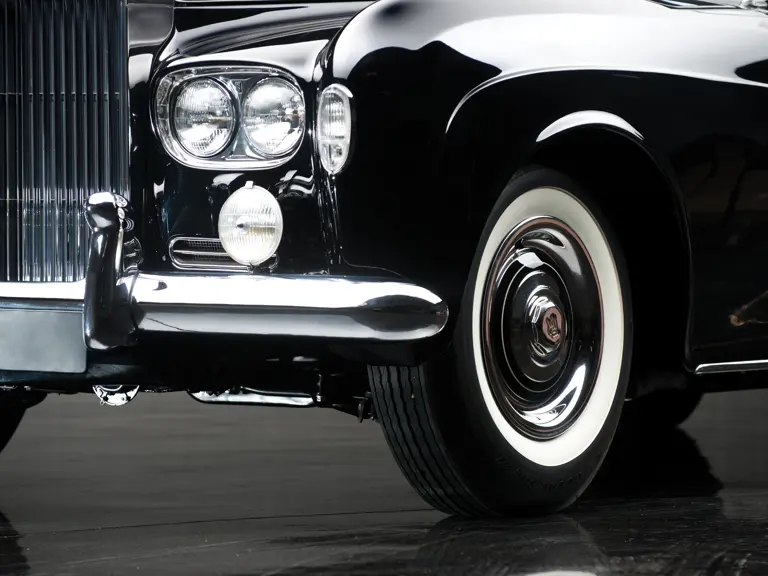
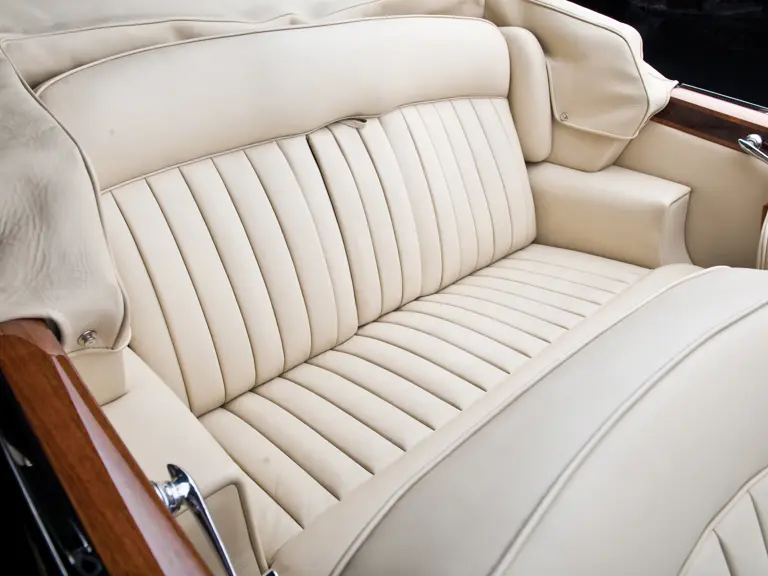

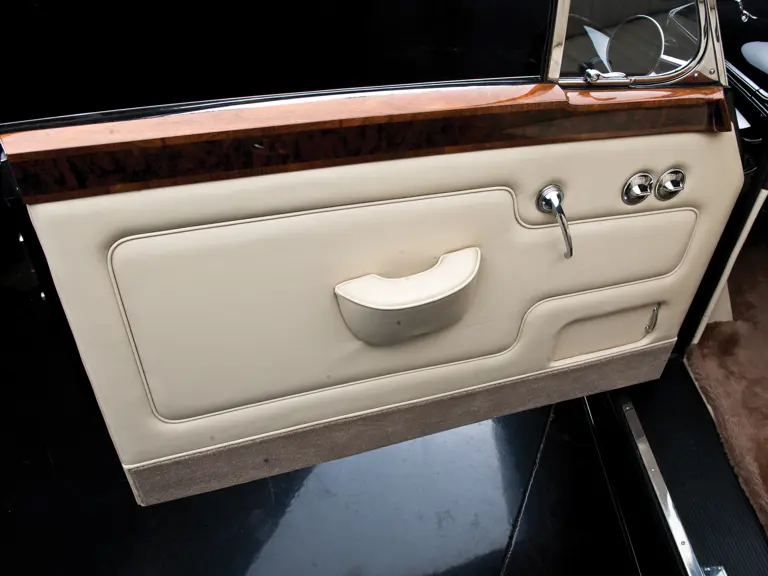
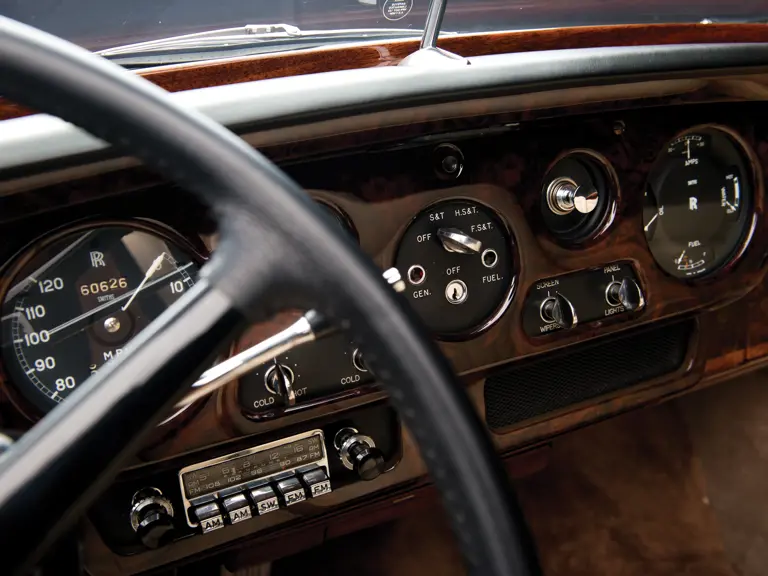
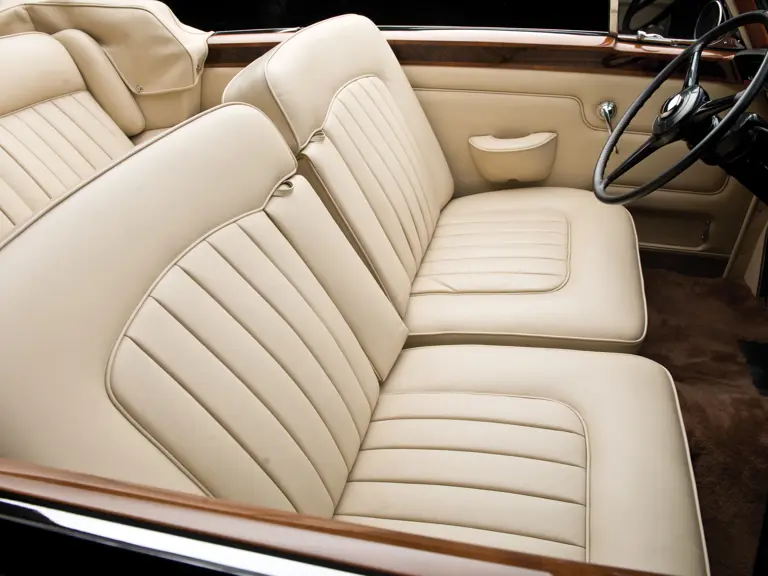
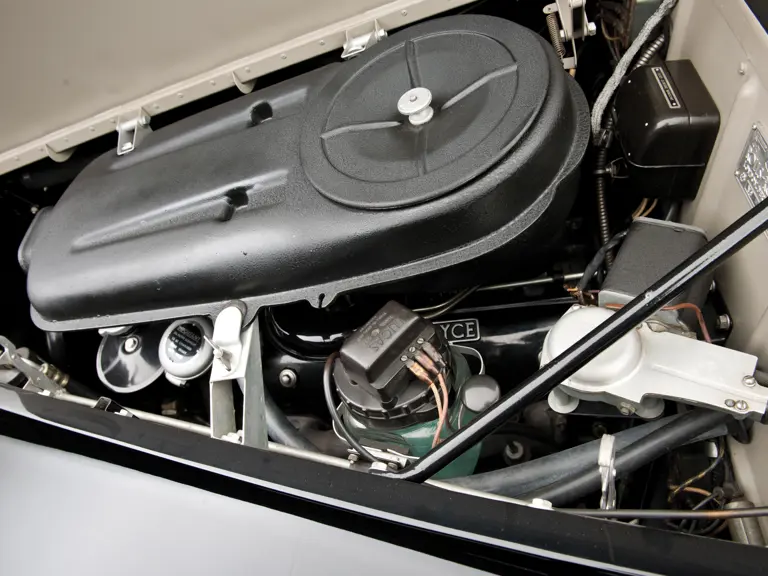

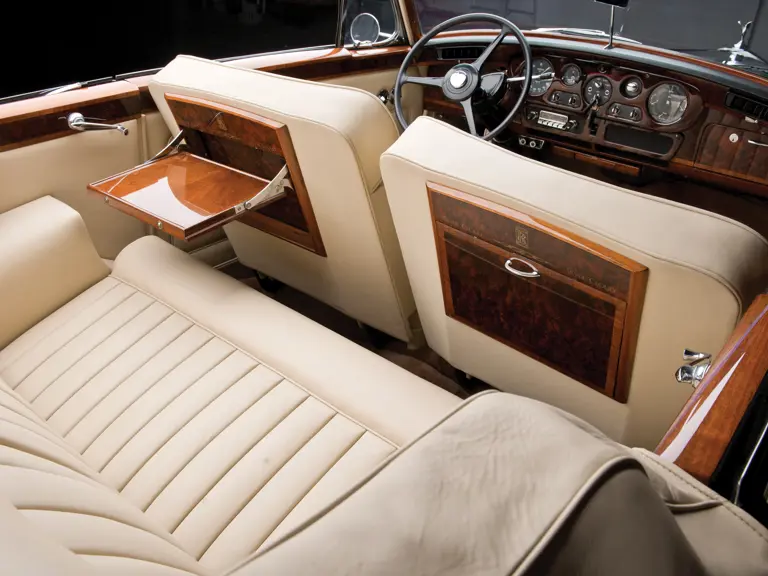

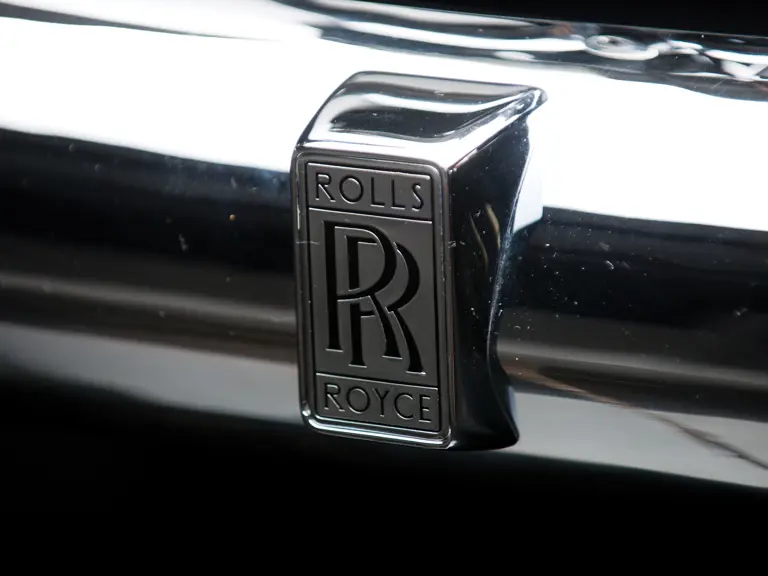
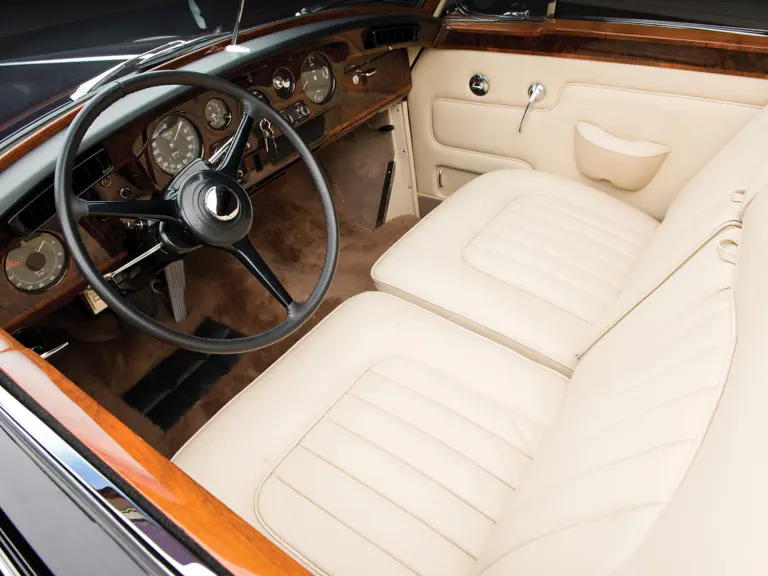

 | Fort Worth, Texas
| Fort Worth, Texas
